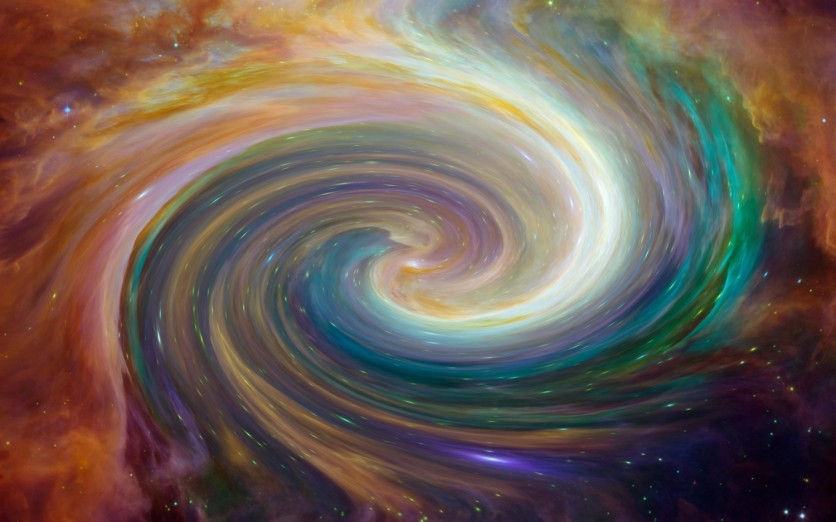In a mysterious region of the sky known as the "zone of avoidance" veiled by our own galaxy's thick bulge, researchers have found a massive "extragalactic structure" hiding behind the Milky Way.
As reported first by Vice, the discovery of this structure, which resembles a massive galaxy cluster, may shed light on what lies in this enigmatic region of our cosmic map.

Zone of Avoidance
It is worth noting that the Milky Way galaxy is made up of star material that is dispersed along a thin plane revolving around a central bulge that houses a supermassive black hole.
Stars, dust, and gas abound in the galactic plane and bulge, obstructing our view of what lies beyond. The zone of avoidance (ZoA), which covers between 10% and 20% of the sky, has been partially penetrated by scientists using various wavelengths, but the majority of this region is still hidden.
In a study published this week on the preprint server arxiv, a group led by astronomer Daniela Galdeano of Argentina's National University of San Juan reports the discovery of a new galaxy cluster, VVVGCl-B J181435-381432, behind the Milky Way bulge.
They claim that this discovery helps complete the view of the massive scale structure in such an understudied region of the sky.
"It is incredibly difficult to find galaxies behind the galactic plane, because of the high density of stars and also the obscuration by dust along the line of sight, and this looked like one of the most prominent candidates," Dante Minniti, co-author of the study, said in a statement with Vice Motherboard.
VVV Survey
The VVV Survey, a project that examines the Milky Way bulge at infrared wavelengths using the European Southern Observatory's Visible and Infrared Survey Telescope for Astronomy (VISTA) in Paranal, Chile, allowed Galdeano and her colleagues to locate this cluster within the ZoA.
An "overdensity region" in the ZOA also revealed the existence of new extragalactic sources that other catalogs have not detected, according to a 2021 study also conducted by Galdeano. The scientists previously employed the infrared glow obtained in the VVV Survey to examine this region.
The researchers used the Gemini South telescope in Chile's near-infrared FLAMINGOS-2 instrument to focus on the intriguing region and identify measurements known as "redshifts" that may be used to determine the distance and speeds of its objects in space.
Five galaxies located three billion light years away were the subject of new information revealed by the findings, which the researchers believe are a component of a much larger cluster.
It will require more observations to determine the cluster's mass and composition, but the team calculated that it comprises roughly 58 galaxies.
This galaxy cluster's discovery offers a fascinating view into the Milky Way's structure. If astronomers continue to unravel the mysteries of this region, we may finally understand what truly exists there.
The study has already been submitted to the journal Astronomy & Astrophysics, but it is yet to receive a peer review.
Related Article : Astronomers Unveil the First-Ever Map of the Milky Way's Graveyard
This article is owned by Tech Times
Written by Jace Dela Cruz
ⓒ 2025 TECHTIMES.com All rights reserved. Do not reproduce without permission.




